Summaries of Talks and Field Trips - 2023
Glimpses of the Past through description, related books and internet connections
History, Heritage Buildings and Murder
Eve Lazarus’ talk on History, Heritage Buildings and Murder exposed the colourful stories of the City over the past century, from favourite buildings to crazy events like the World Belly-Flop Championships held in North Vancouver in 1979.
Eve Lazarus is a familiar name to Vancouver history readers. Sensational Vancouver (2014), Cold Case Vancouver (2015), Blood, Sweat and Fear (2017), Murder by Milkshake (2018) and Vancouver Exposed (2020) are among her many titles to have earned their place on the local history bookshelf. Eve is about to launch her new book, Cold Case BC: The Stories Behind the Province’s Most Sensational Murder and Missing Persons Cases.
Finding Nothing: The VanGardes, 1959–1975
Gregory Betts talk was based on his meticulous research for his award-winning book Finding Nothing: The VanGardes,1959-1975.
Professor Betts traced the rise of the radical avant-garde in Vancouver, from the initial salvos of the Tish group, through Blewointment’s spatial experiments, to radical Surrealisms and new feminisms. Incorporating images, original texts, and interviews, he demonstrated how the VanGardes signalled a remarkable consciousness of the globalized forces at play in the city, impacting communities, orientations, races, and nations.
In particular, there was a series of concerts performed by the Grateful Dead, starting in 1966 with the Vancouver Trips Festival at the PNE Garden, before their first album was released, and culminating in 1973 and ‘74 performances at the PNE Coliseum, by which time “hippie culture” had faded and David Bowie’s was ascendant.
Dr. Betts is an engaging storyteller and professor of Canadian and Avant-Garde Literature at Brock University. He has also taught at University of Toronto, Johannes Gutenberg Universität Mainz, and University College Dublin.
Hippie Vancouver: Activism in the '60s and '70s and its Legacy
The 1960s and early ’70s were a tumultuous period of activism and experimentation in Vancouver. In this richly illustrated presentation, author-artist Michael Kluckner described the Georgia Straight’s battles with the Mayor, the freeway fight, antiwar and pro-drug demonstrations, the rise of the environmental movement, and the campaigns and programs that left a lasting legacy, including co-op housing and neighbourhood preservation.
Michael Kluckner is an artist and writer who has spent more than two decades recording and interpreting, in a dozen books, the histories and landscapes of Vancouver, British Columbia, and Canada.
Powell Street – The Japanese-Canadian historical area
Aug 13, 2022 Alexander St. Arranged by: Laura Saimoto
North Strathcona, including Powell Street Area (Nihonmachi, or ‘Japantown’), is the site of Vancouver’s earliest beginnings and a place that was an ancient indigenous seasonal camp. As a settlement and waterfront industries grew up around Hastings Mill, Japanese immigrants were attracted to the area.
By the early 1890s, Powell Street was a flourishing mixed-use area where Japanese-Canadians owned buildings and businesses. By the early 1920s, most of Vancouver’s Japanese and Chinese residents lived in walking distance of “Little Toyko” along with Yugoslav-, Scandinavian- and Afro-Canadians.
The social and cultural fabric of Powell Street area was devastated in 1942, when the Federal Government forced Japanese-Canadians to leave the West Coast for internment camps in the British Columbia Interior, and Alberta, and seized and sold their private property. They were not legally allowed to return to Vancouver, or anywhere on the coast, until 1949 and many lost everything.
These events, along with a decline of waterfront industries, such as canneries, and City decisions to rezone Powell Street Area to industrial use and otherwise discourage homes and businesses in what was seen as a “slum”, were all major factors behind the building decay and vacancies in the area today.
Read more about Japantown here »
Guide arranged by the Laura Saimoto and beginning at the Japanese Hall on Alexander Street, touring what was the principal Nikkei area in Vancouver until the displacement and internment of 1942.
What's Up With John Street?
A tour of the unusual area southeast of Main and King Edward.
Art Deco Tour of Downtown Vancouver
The tour begins at the Vogue Theatre, a late-Art Deco building built on rum-running money. A stroll along Granville Street then brings you to the “fabulous Commodore Ballroom” inspired by ancient Middle Eastern temples. Then on to the Power Block, rich in the colours of ancient Egyptian artistry.
At the Vancouver Art Gallery, the tour takes a detour from the world of Art Deco to tell the scandalous tale of the architect, his wife, and her lover. Then it’s back to Art Deco for the long long Georgia Medical & Dental Building before the final stop at the incredible Marine Building, which includes a private viewing of the spectacular lobby. One look and you’ll understand how this building went $1 million over budget – in 1929!
Maurice Guibord is the President of the Société historique francophone de la Colombie-Britannique. He has been involved in culture and heritage for almost 30 years. His museum experience in the curatorial and programming areas in Calgary’s Glenbow Museum and the Burnaby Village Museum matches his involvement in heritage, cultural and museum organizations in Alberta and B.C. He is also a founding director of the Heritage Vancouver Society, and is active with Radio-Canada (French-language CBC) as a chronicler in the heritage field. He holds a Masters in History from Simon Fraser university, and has been a resident of Greater Vancouver for over 25 years.
Wilson Duff: Decolonization Before its Time
Professor Robin Fisher brought to life the career of Wilson Duff, the Curator of Anthropology at the Royal BC Museum from 1950 to 1965, who advanced the view – radical for its time – that North West Coast Indigenous art was a great and living art rather than just something left over from a disappearing past. Fisher’s presentation focussed on two of Duff’s initiatives: his partnership with Mungo Martin to rebuild Thunderbird Park and the opening of the house called Waa’waditla, and second, his work to salvage and restore totem poles from First Nations villages on the northern coast.
Vancouver Vice
The late 1970s and early 1980s were a volatile period in the history of Vancouver, where broad social and cultural changes were afoot. This was perhaps most clearly evident in the West End, the well-known home to the city’s tight-knit gay community that would soon be devastated by the AIDS epidemic. However, the West End’s tree-lined streets were also populated by sex workers, both female and male, who fought a well-publicized turf war with residents. This, combined with a rising crime rate, invited the closer attention of the Vancouver police, including its vice squad. After a body was found dumped in nearby Stanley Park, it was discovered that the victim’s high-profile connections reached far beyond the streets and back alleys of the West End, making for one of the most shocking investigations in Vancouver history, with secrets long held, and never fully told until now.
Bestselling author and ranconteur of the city’s underbelly, Aaron Chapman walked us through his latest work focussing on the West End in the 1980s. With warm regard and a whiff of nostalgia, Aaron Chapman gave us a peek behind the curtain to examine how the city once indulged in its vices, and at what cost.
Vancouver Vice
The late 1970s and early 1980s were a volatile period in the history of Vancouver, where broad social and cultural changes were afoot. This was perhaps most clearly evident in the West End, the well-known home to the city’s tight-knit gay community that would soon be devastated by the AIDS epidemic. However, the West End’s tree-lined streets were also populated by sex workers, both female and male, who fought a well-publicized turf war with residents. This, combined with a rising crime rate, invited the closer attention of the Vancouver police, including its vice squad. After a body was found dumped in nearby Stanley Park, it was discovered that the victim’s high-profile connections reached far beyond the streets and back alleys of the West End, making for one of the most shocking investigations in Vancouver history, with secrets long held, and never fully told until now.
Bestselling author and ranconteur of the city’s underbelly, Aaron Chapman walked us through his latest work focussing on the West End in the 1980s. With warm regard and a whiff of nostalgia, Aaron Chapman gave us a peek behind the curtain to examine how the city once indulged in its vices, and at what cost.
Van Bikes: A History of Vancouver's Fight for Active Transportation & Complete Communities
Colin Stein spoke about the history of bicycle activism in Vancouver, focusing on it as “active transportation” and its role in the City’s quest to become a greener city.
Jurian ter Horst presented a slideshow of current events of historical interest and John Belshaw’s soundtrack of bicycle songs delighted meeting participants.
Colin Stein is a communications and marketing consultant who has lived and worked in Vancouver since 1995. Colin has spent the last decade working in and writing about active transportation, cycling advocacy, urban issues and politics, and expects to publish ‘Van Bikes’ in print and online formats in summer 2022. Originally from Ontario, Colin moved to British Columbia in 1995, and began working with the Vancouver Canucks as part of a marketing and communications career that has taken him into the healthcare, insurance, technology, and media sectors. After almost 20 years as a regular bike commuter, he discovered cycling advocacy; beginning in 2013 as head of marketing and communications at HUB Cycling, and mostly recently as Executive Director of the BC Cycling Coalition.
Hastings Mill: The Historic Times of a Vancouver Community
In the summer of 1865 when Captain Edward Stamp began to organize the construction of a small sawmilling operation on the south shore of Burrard Inlet, he likely never realized that a future metropolis was in the making. The fledgling Stamp’s Mill, later to become known as Hastings Mill, was Vancouver’s first community — a townsite inhabited by an eclectic mix of colourful characters from widely diverse backgrounds. Life centered on the iconic Hastings Mill Store, where one came to obtain groceries, hardware, mail and the warmth of human interaction around an oil drum fire.
Historic times aplenty unfolded at Hastings Mill. Here residents rallied to assist victims of the Great Vancouver Fire in 1886. Cargo loads of lumber of legendary size and quality were shipped to markets near and far. Dominion Day festivities were celebrated in fine style on a sports field of mill sawdust. Indigenous occupants of the region engaged in mill employment and commerce. Chinook jargon was widely spoken, the multi-lingual trade language of the era. When time and local demographics ultimately spelled the death knell for the sawmill and its weathered structures in 1930, an unlikely group of determined ladies rose to the challenge of saving the Hastings Mill Store, Vancouver’s oldest building.
VHS member Lisa Anne Smith spoke about her latest book, the finely researched Hastings Mill: The Historic Times of a Vancouver Community on Vancouver history, the Burrard Inlet waterfront and its first factory.


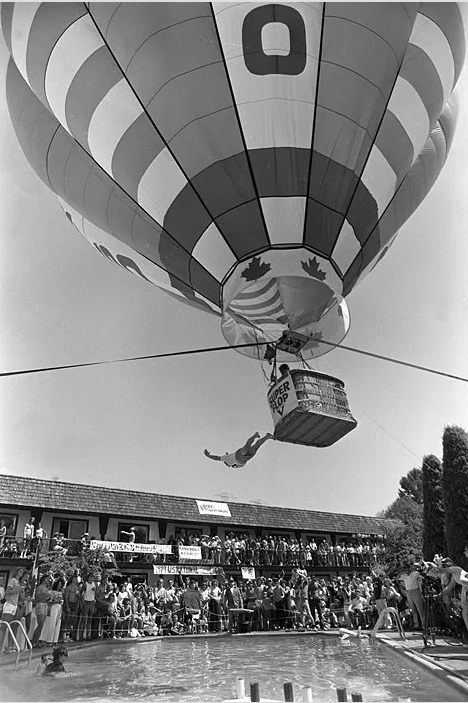
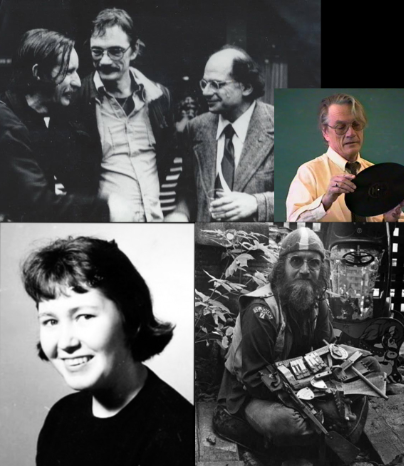
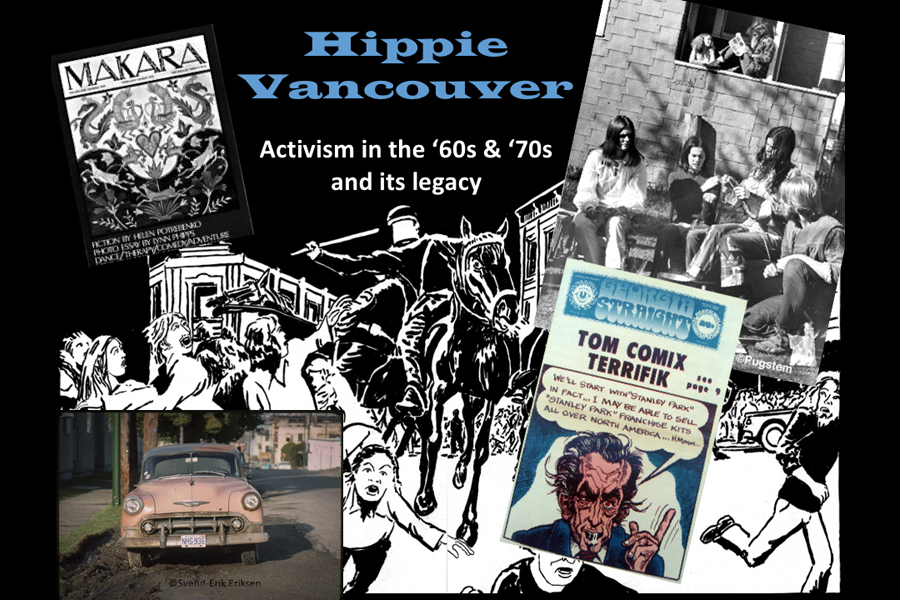
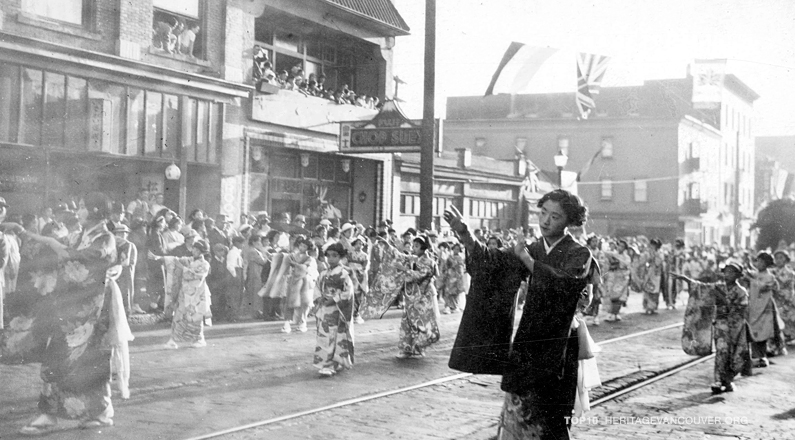
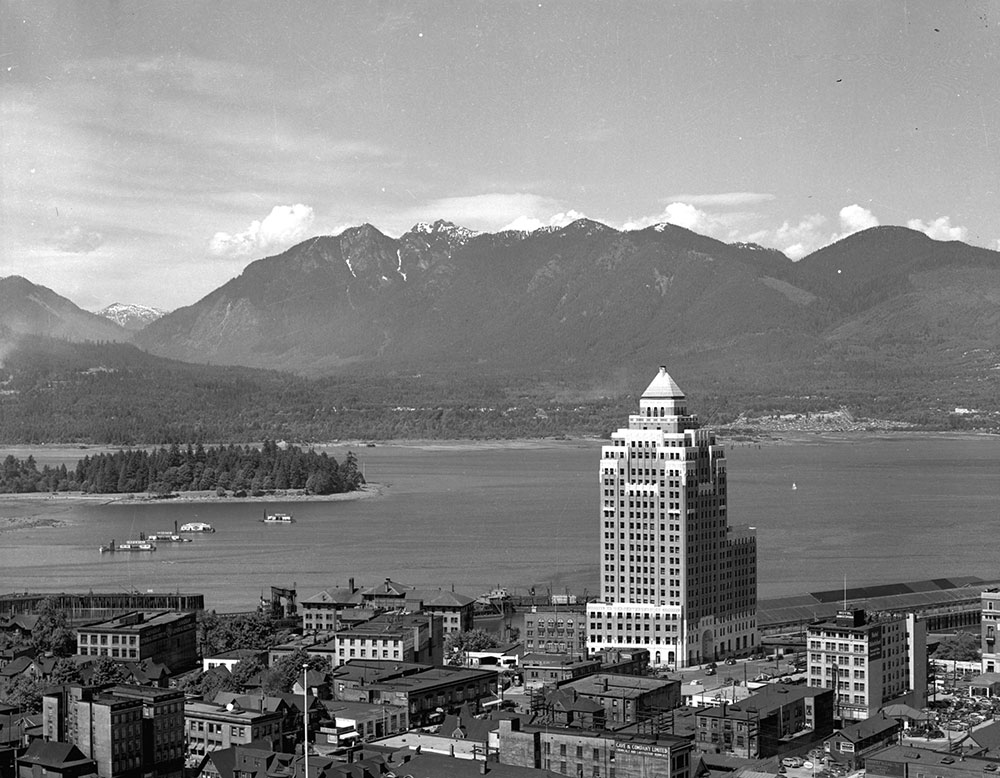
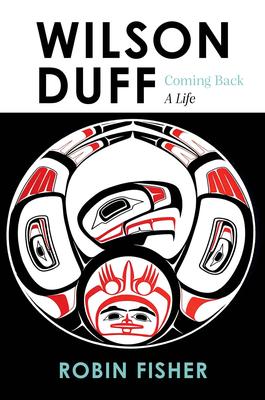
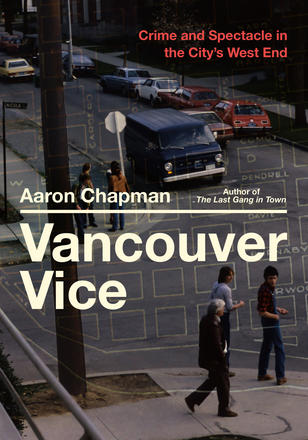
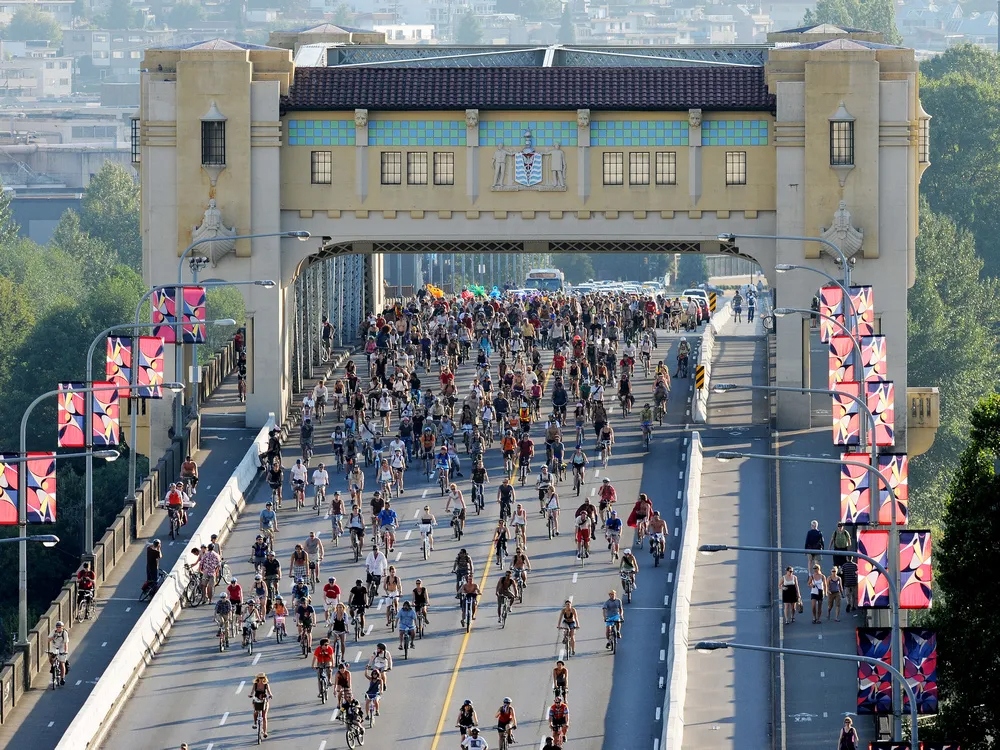
![British journalists [outside Hastings Sawmill]](https://vancouver-historical-society.ca/wp-content/uploads/2023/08/3ccadd07-3fbf-4684-a8c9-2b12289fe8b1-A02212-1024x664.jpg)